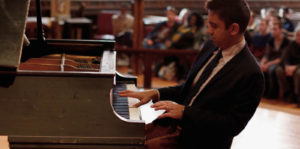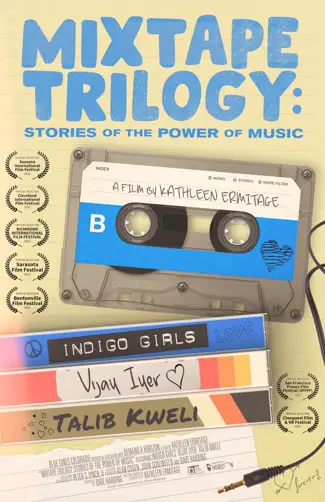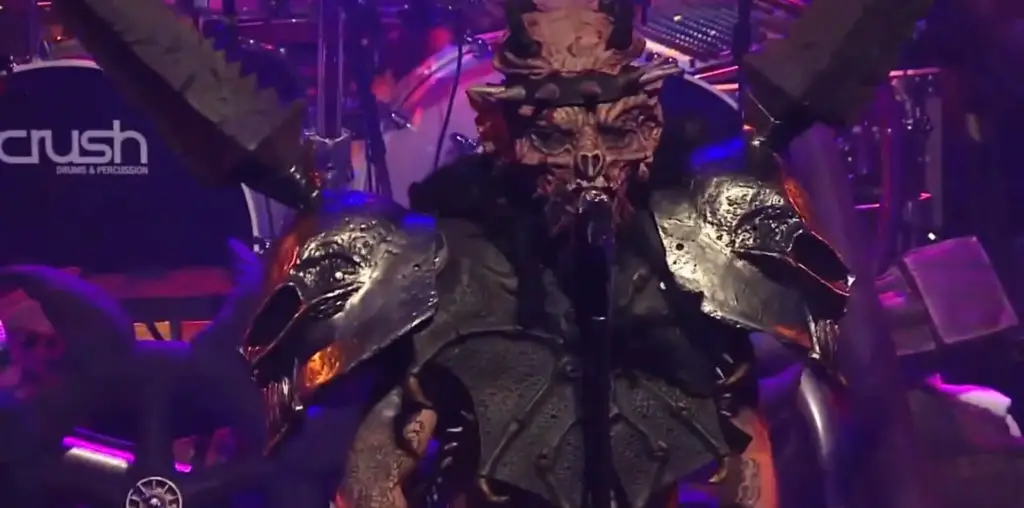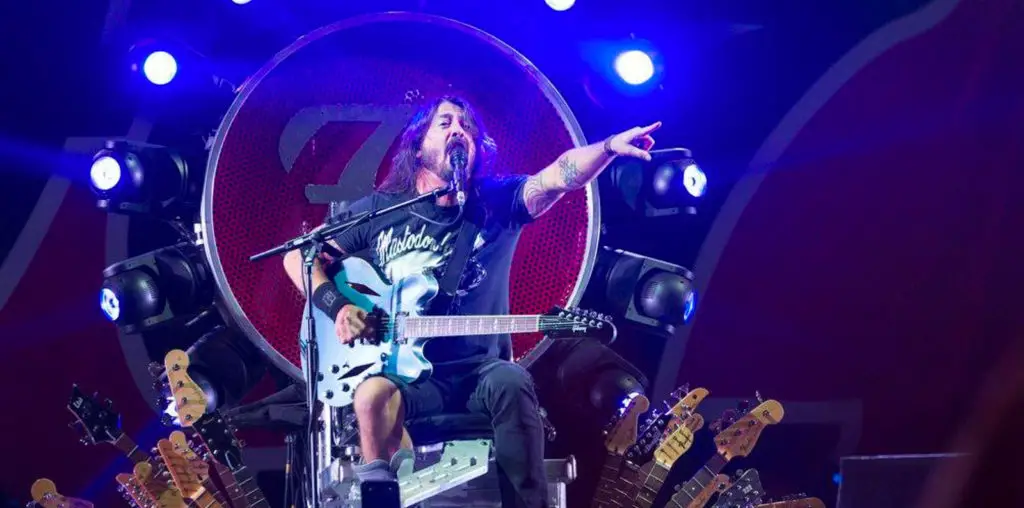
Musicians use music as an outlet for their creativity and ambition, whereas listeners reflect on music fondly as a means of escape or healing or a form of expression. Very rarely do fans ever get to meet their favorite musician, but that doesn’t mean the listener can’t have a symbiotic relationship with the artist. Music is a powerful and life-affirming art form that brings people together through shared emotion, a fact realized in Kathleen Ermitage’s exceptionally moving documentary Mixtape Trilogy: Stories of the Power of Music.
The writer-director documents three artists who are notably different from each other but equally purposeful in their musical pursuits. By highlighting music and its relationship between artist and admirer, the filmmaker shows that music has an evocative quality capable of showing who we are as individuals. The film begins with the Indigo Girls, an American folk-rock duo consisting of Emily Saliers and Amy Ray. Both Ray and Saliers are openly gay and are fervid advocates of the LGBTQ community and make music celebrating individuality and promoting social change.
So, it comes as no surprise that their music would resonate deeply with people who feel like outsiders. Dylan Yellowlees is perhaps the biggest fan of Indigo Girls as they saw them live over 350 times. Ermitage blends the perspectives of Ray, Saliers, and Yellowlees nicely, as they all freely explain how they make or experience music. Ray, for example, talks about how feminist writer Meridel Le Sueur inspired her work. Sensibly, the film never reduces Yellowlees to being portrayed as an obsessed fan but as somebody who developed a genuine and heartfelt connection to the music.

“…highlight[s] music and its relationship between artist and admirer…”
After thirty minutes with the Indigo Girls, composer and pianist Vijay Iyer takes center stage. As an Indian American musician specializing in Jazz, Iyer has faced racism and backlash. But he prospered, making music that transcends people’s misconceptions about him. Garnette Cadogan is a writer who becomes intrigued by his work, going as far as to conduct a series of casual interviews with Iyer to understand his creative process. This part of Mixtape Trilogy: Stories of the Power of Music is more contemplative and staid, as Iyer and Cadogan carry themselves with restraint. But the change of pace, while overly measured, turns out to be an agreeable shift.
Michael Ford describes how he critiques what he sees in the world while fostering change through hip hop. His Hip Hop Architecture Camp is designed to bring kids together by combining hip hop with real-world discussions about the community they live in. The future looks bright when the new generation gets together to discuss ways to improve their community because, at the end of the day, it takes a little bit of noise (or, in this case, hip hop) to provoke change. While filled with heartbreak and loss, Ford’s story is inspiring and well-structured.
All three artists aim to reach an audience equally as dedicated to engendering change. Through the interlacing of perspectives, Mixtape Trilogy: Stories of the Power of Music unearths the everlasting influence of music and why listener and artist should forever cherish that influence alike.

"…unearths the everlasting influence of music..."



The film shot its credibility in the foot by profiling a “fan” who is actually an employee of the corresponding musical duo. Easy way to catch 300 shows huh